The Nikkor 105mm F/2 DC: The Best Lens I've Ever Used
I wasn't planning on writing another piece on a specific lens, but this lens in particular has impressed me so much that I simply need to talk about it. The Nikon AF-DC Nikkor 105mm F/2D is the best lens I have ever used. It combines a level of optical clarity that is near perfection, with a soft character in how it renders that is unmatched, in my opinion, by any lens, even its "successor" from Nikon, the AF-S 105mm F/1.4E. I hesitate to say successor, as this lens has yet to be discontinued, even though a newer lens has taken its place in Nikon's product lineup.
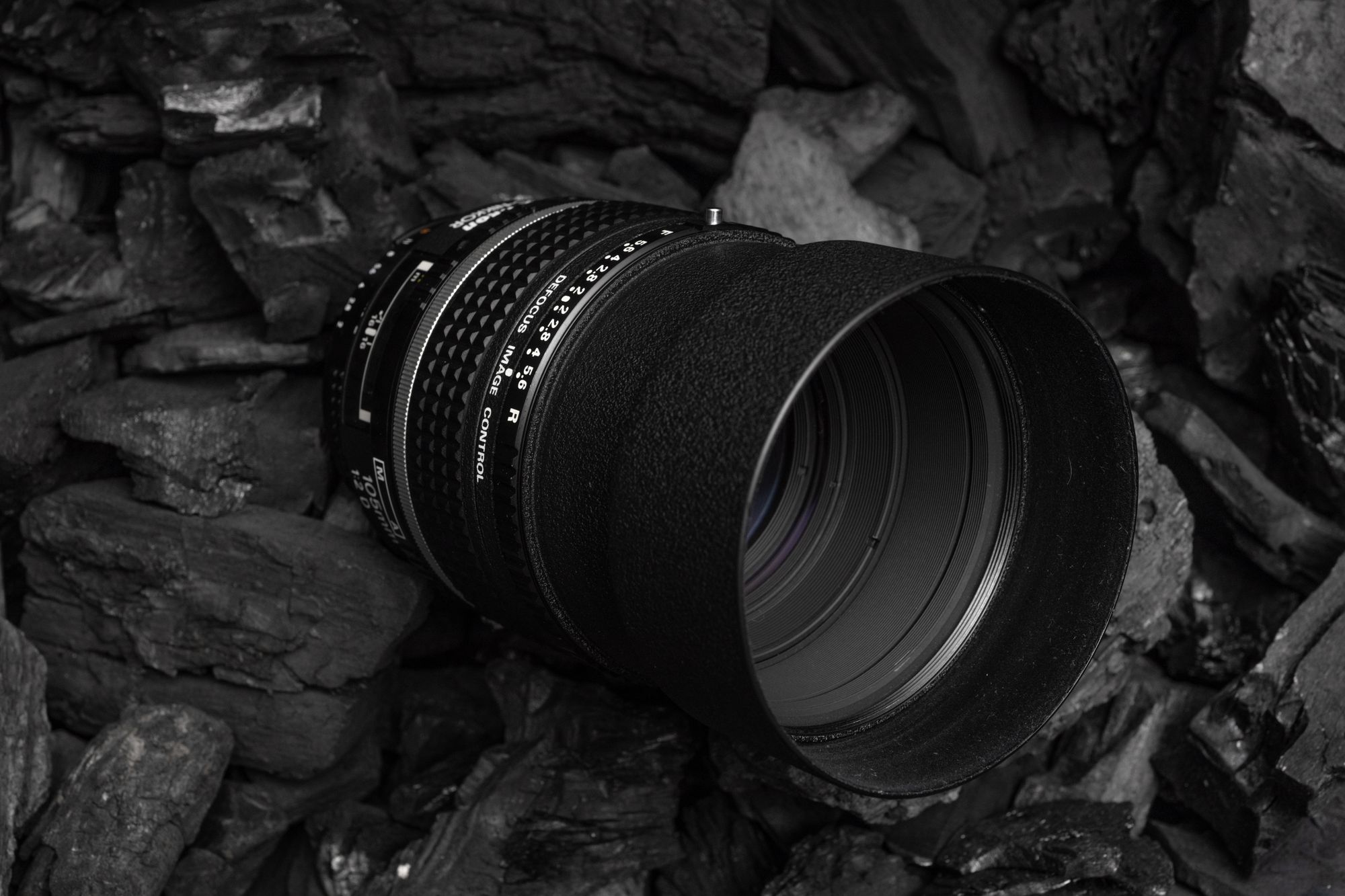
I hold my equipment to an incredibly high standard. My macro lens is one of the sharpest lenses ever made by Nikon, my 50mm is so good that it has been made since 1977 and can still be bought new today for $480. Among all the gear I have had the incredible privilege to use, this 105mm F/2 DC stands out. Before I got this lens, I had used a combination of the AF Micro-Nikkor 105mm F/2.8D and the AF Nikkor 85mm F/1.4D to meet my needs for a short telephoto macro, and a short telephoto portrait. The 105 F/2 DC replaced both of them. It is so sharp that it can equal the 105 F/2.8 macro, and responds extremely well to macro extenders, and its bokeh is superior to the bokeh of the 85 F/1.4. And not only does it beat the 85 F/1.4 in terms of bokeh, it offers an extreme degree of control over the bokeh, via use of the DC ring.

The Defocus Image Control ring allows the photographer to control the spherical aberration of out of focus areas, at each given aperture. Spherical aberration, put very simply, is the soft "glow" that many fast lenses produce, and it reduces overall sharpness and contrast. This does not make the 105 F/2 DC a soft lens, not at all. The DC ring only emphasizes the spherical aberration in the out of focus portions of an image. This smooths out the bokeh, leaving anything in focus super sharp. The ring can be set to affect out of focus areas in either the foreground of an image or the background. This DC ring does allow the photographer to emphasize the spherical aberration of in focus parts of an image, by setting the ring to a smaller F stop than what the actual aperture of the lens is set to. I have yet to take a shot that I needed that capability for, but I can see the utility in having the option. I should also mention, that this is one of only two Nikon lenses with this feature, and at the time of writing, there is only one Canon lens with an equivalent feature, and it is the RF 100mm F/2.8L, a brand new lens released in 2021. This Nikon DC lens was released in 1993.
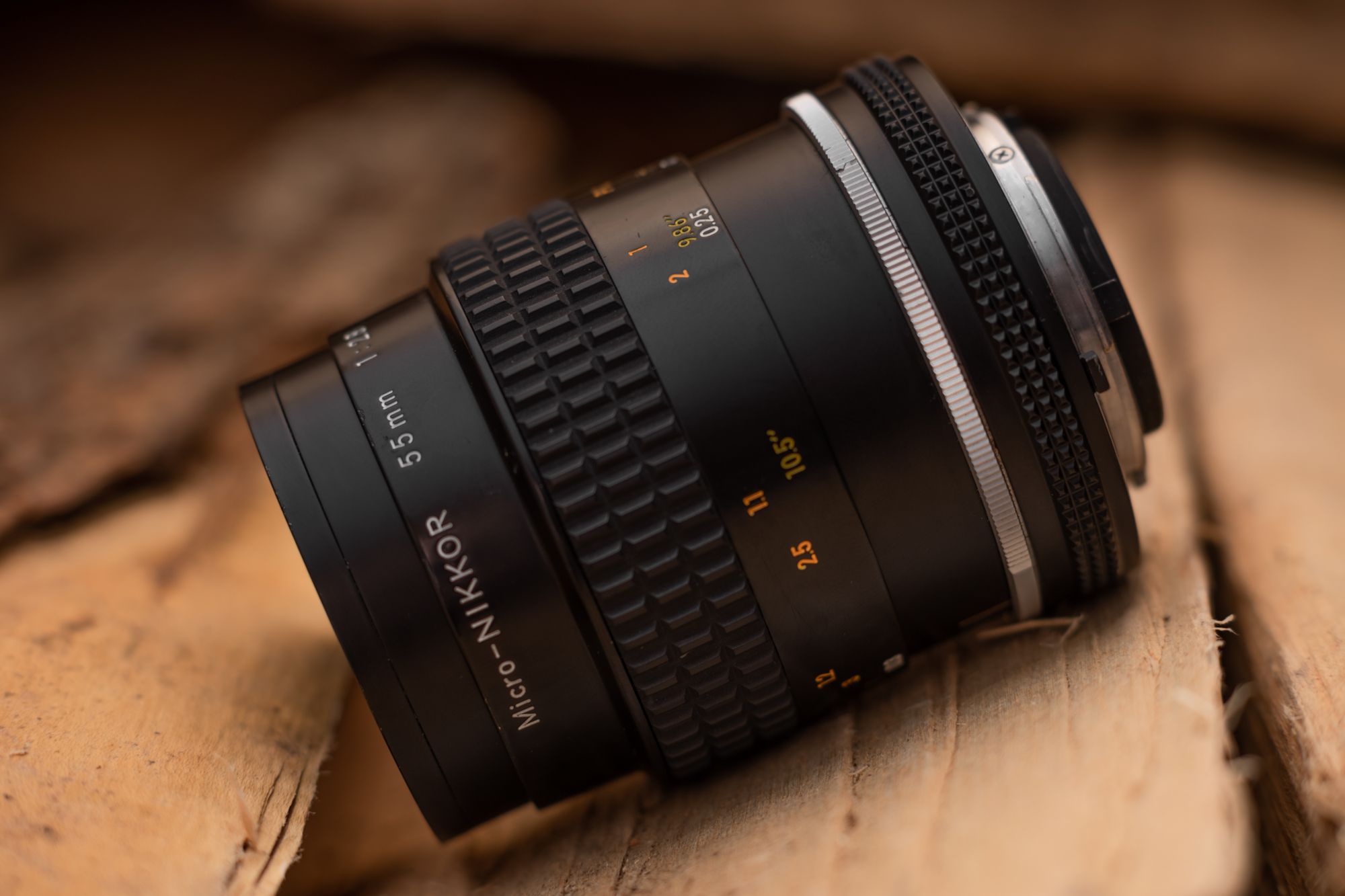
The sharpest lens I have used is my Micro-Nikkor 55mm F/2.8 AI-s. While I love the amazing, sharp, analytical images it can produce, it lacks character in its bokeh. Out of focus backgrounds that should be just a wash of detailess color become hundreds or thousands of small dots, assembling a mosaic image of whatever was behind my subject. That isn't a good look for most portraits, if I'm being honest. This lens is the quintessential example of a lens that is so clinically perfect that it loses all character. But that's ok, because this is not a portrait lens, it is a reproduction macro lens.

In a similar vein lies the AF Micro-Nikkor 105mm F/2.8D. This crazy sharp and versatile short telephoto lens is sharp as tacks, but has much better character than the 55mm F/2.8. It's not great, by any means, but don't get me wrong, it's perfectly suitable for portraiture and was one of my favorites for a while, for any shots that did not command the speed and depth of field of the 85mm F/1.4.

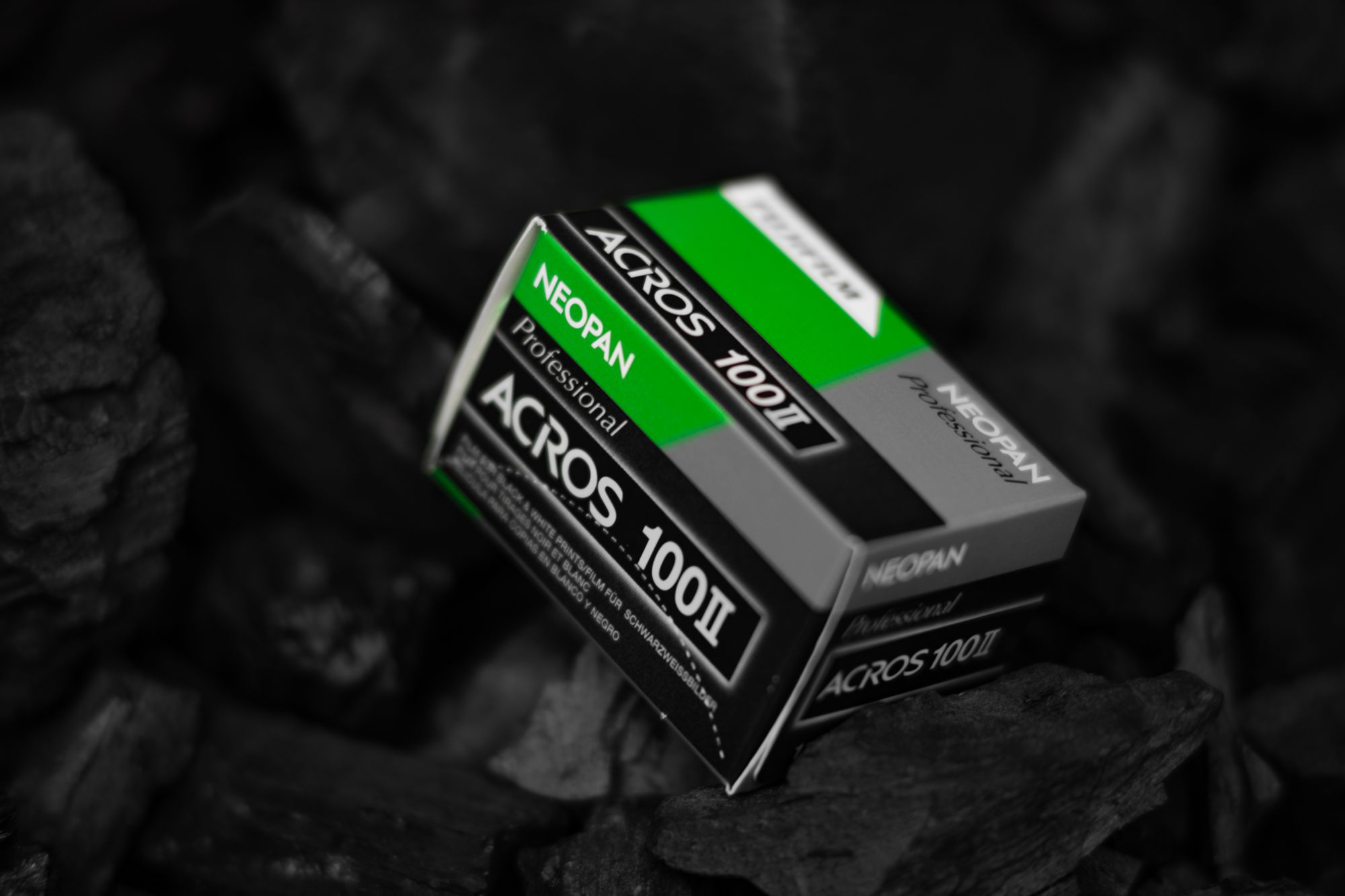
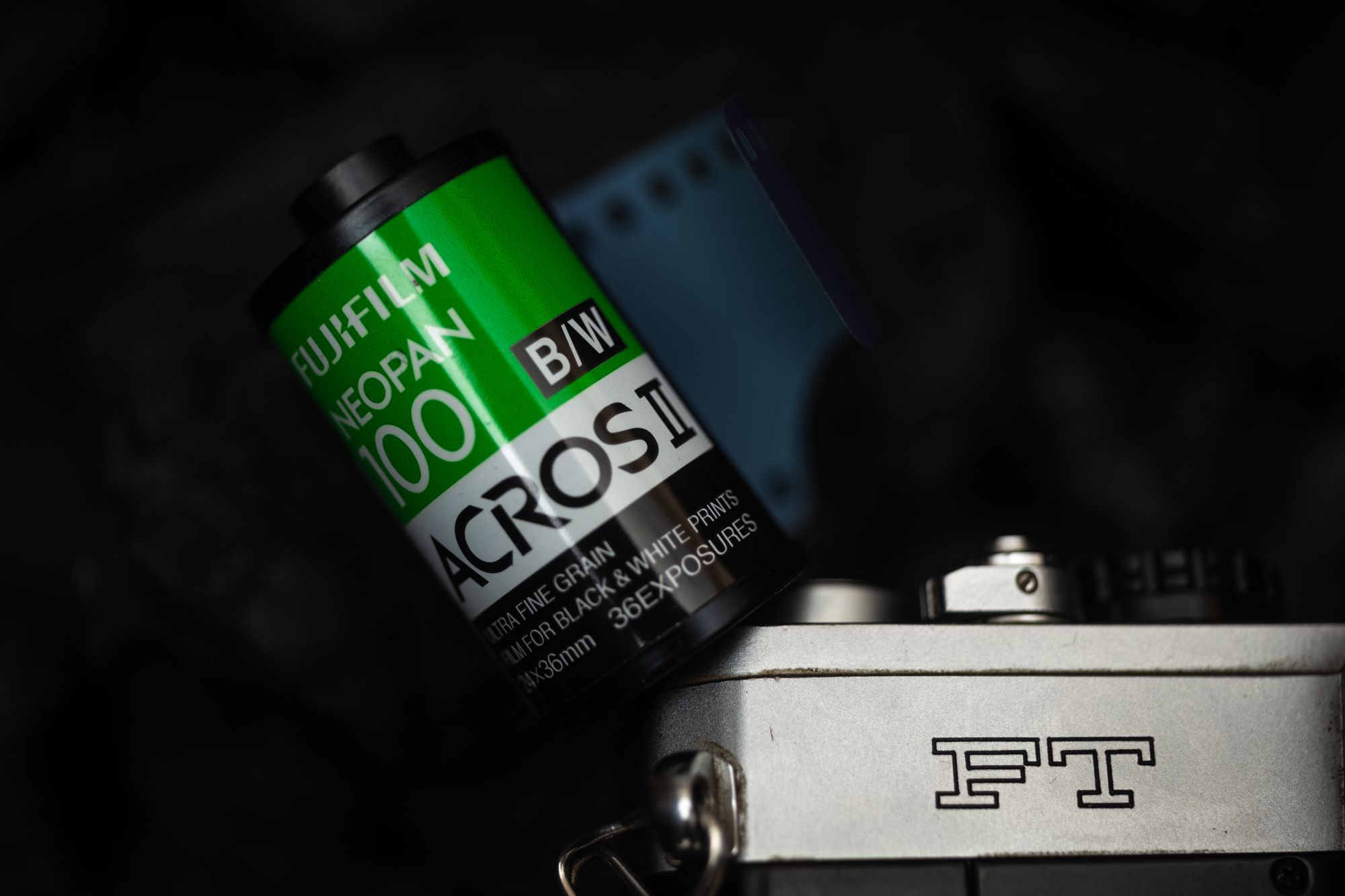
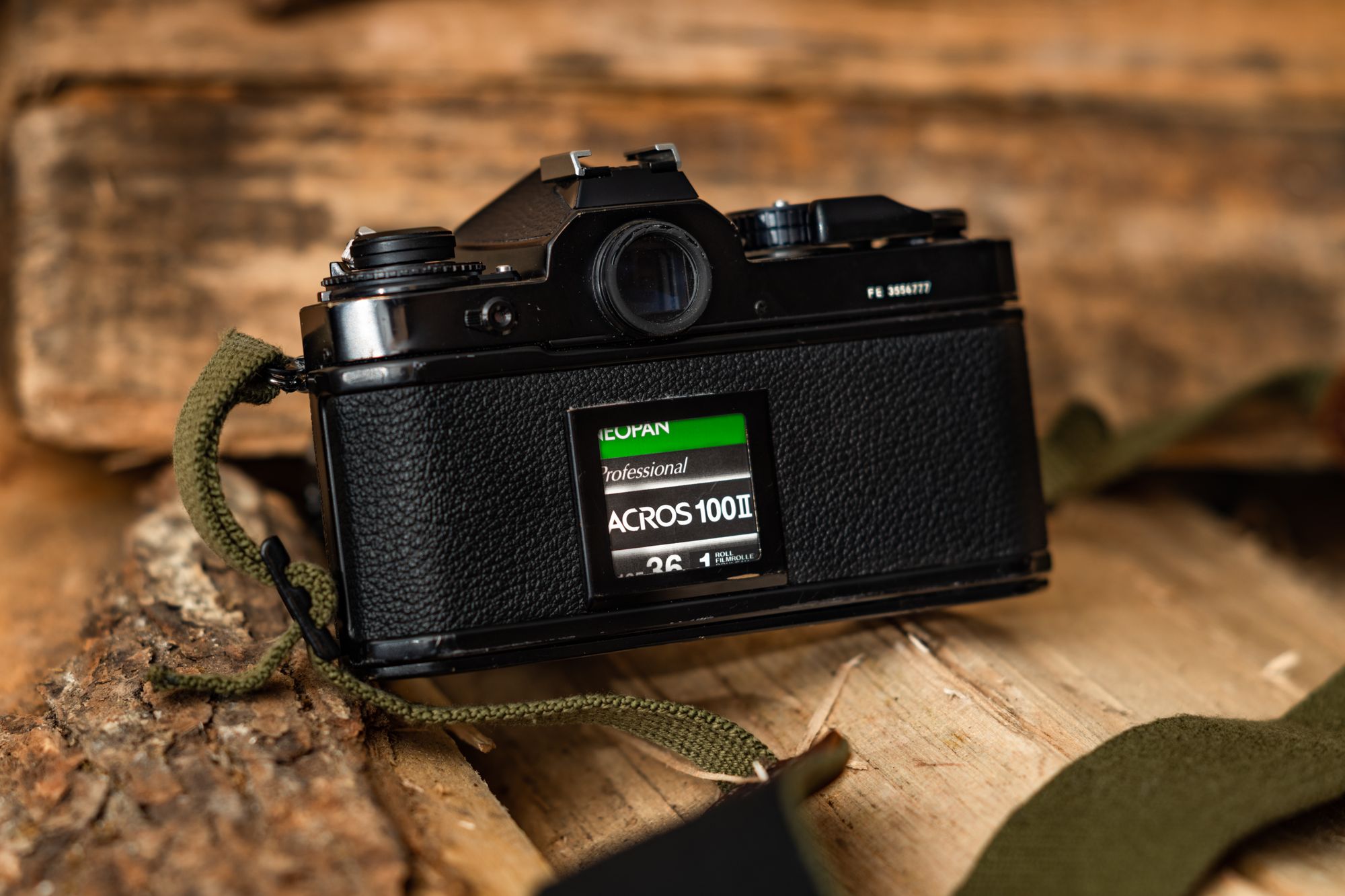
The 105 F/2 DC just has that look to its bokeh that I have not found in any other lens. It's so smooth and perfect, and it all flows perfectly. This is the character I love so much, combined with the sharpness standard I hold every lens I own up to. With that sharpness and character, it has one more trick. It responds amazingly to macro extenders. These are adapters/tubes that you attach between the lens and the camera body, which causes it to focus closer than it originally could.
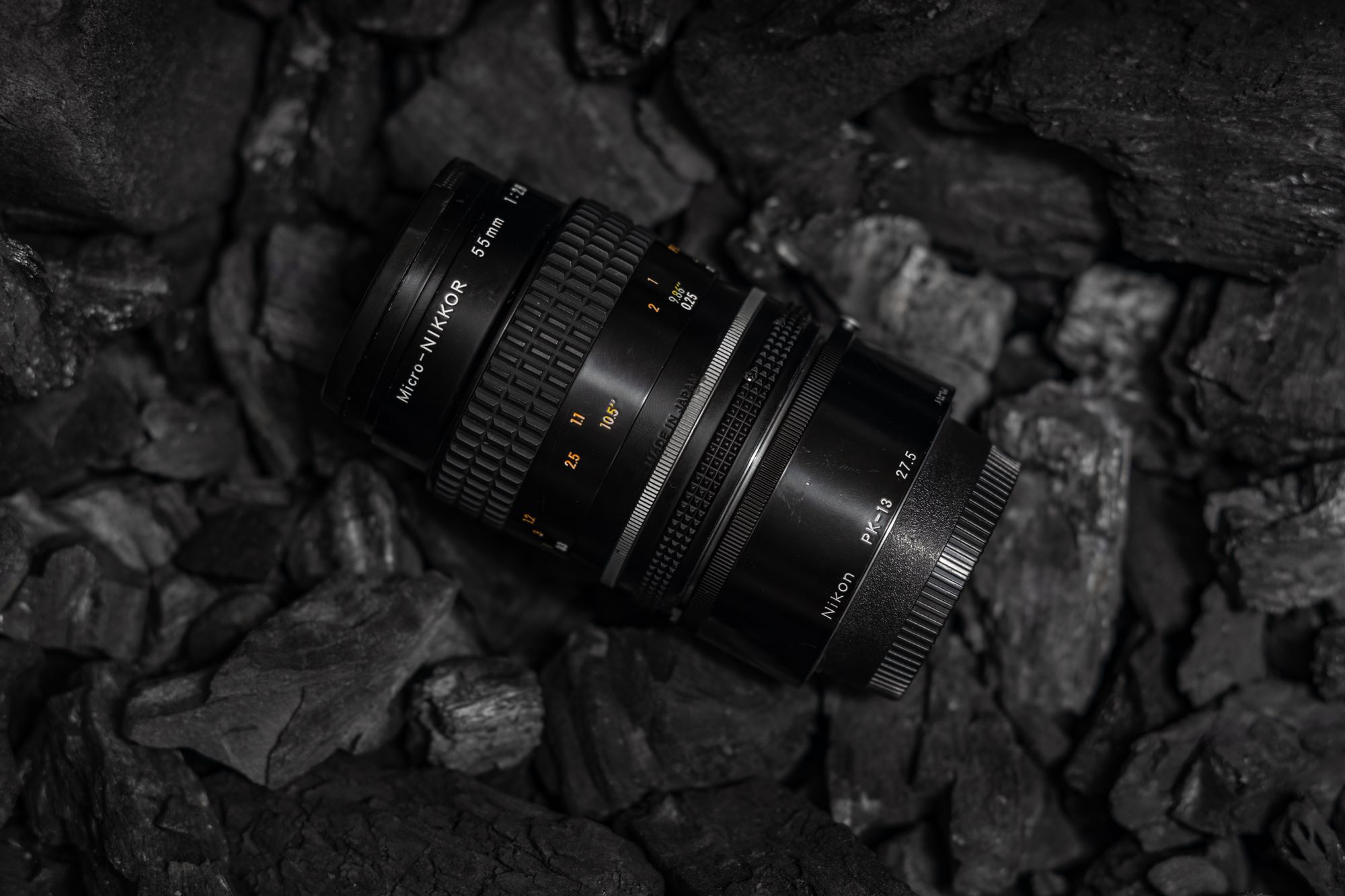
For the 105 F/2 DC, I use the Nikon PK-13, a 27.5mm macro extender. I will soon be picking up longer extenders, so I can use this DC lens at even higher magnification ratios than what I can currently achieve with the PK-13.

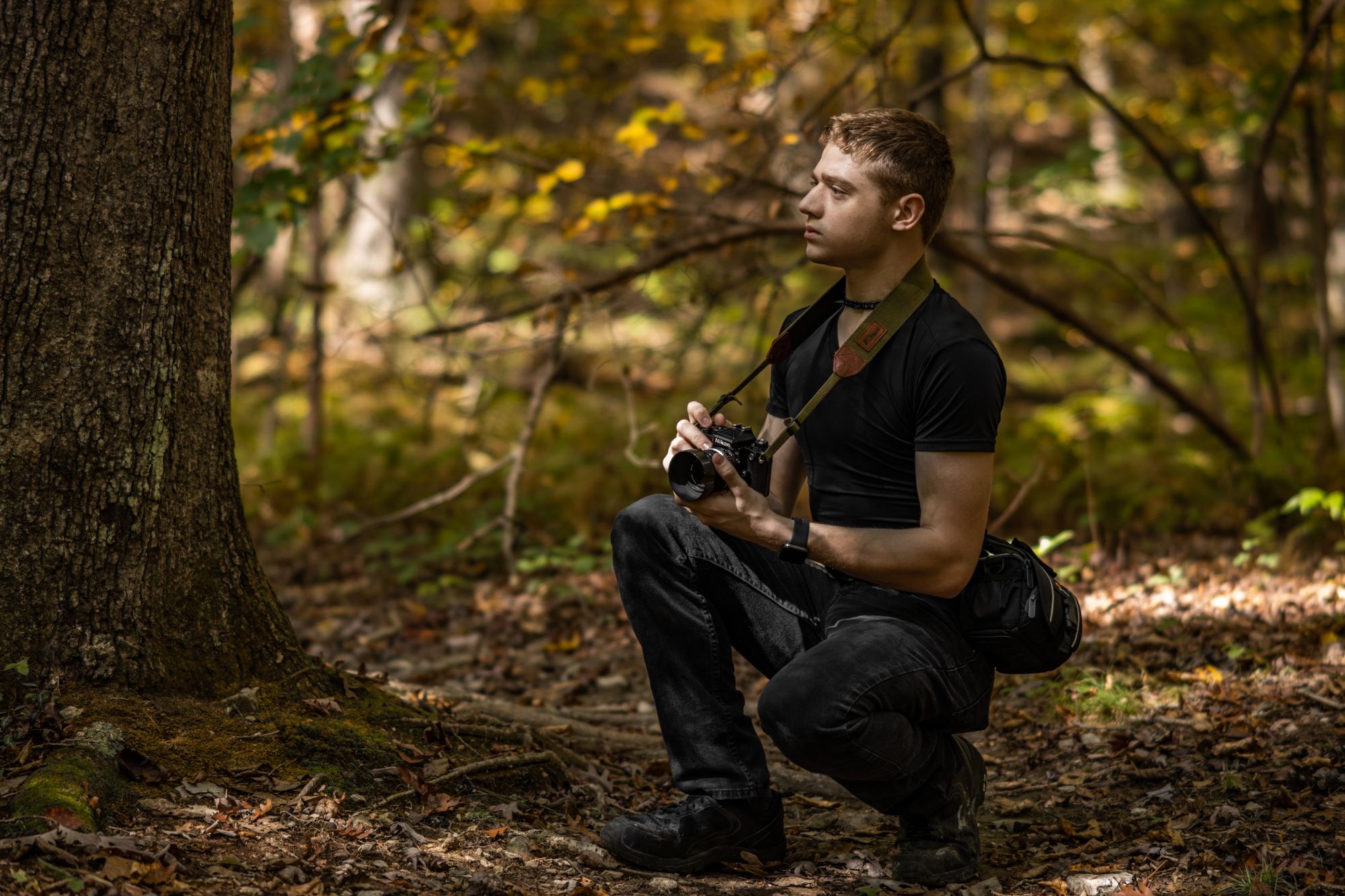
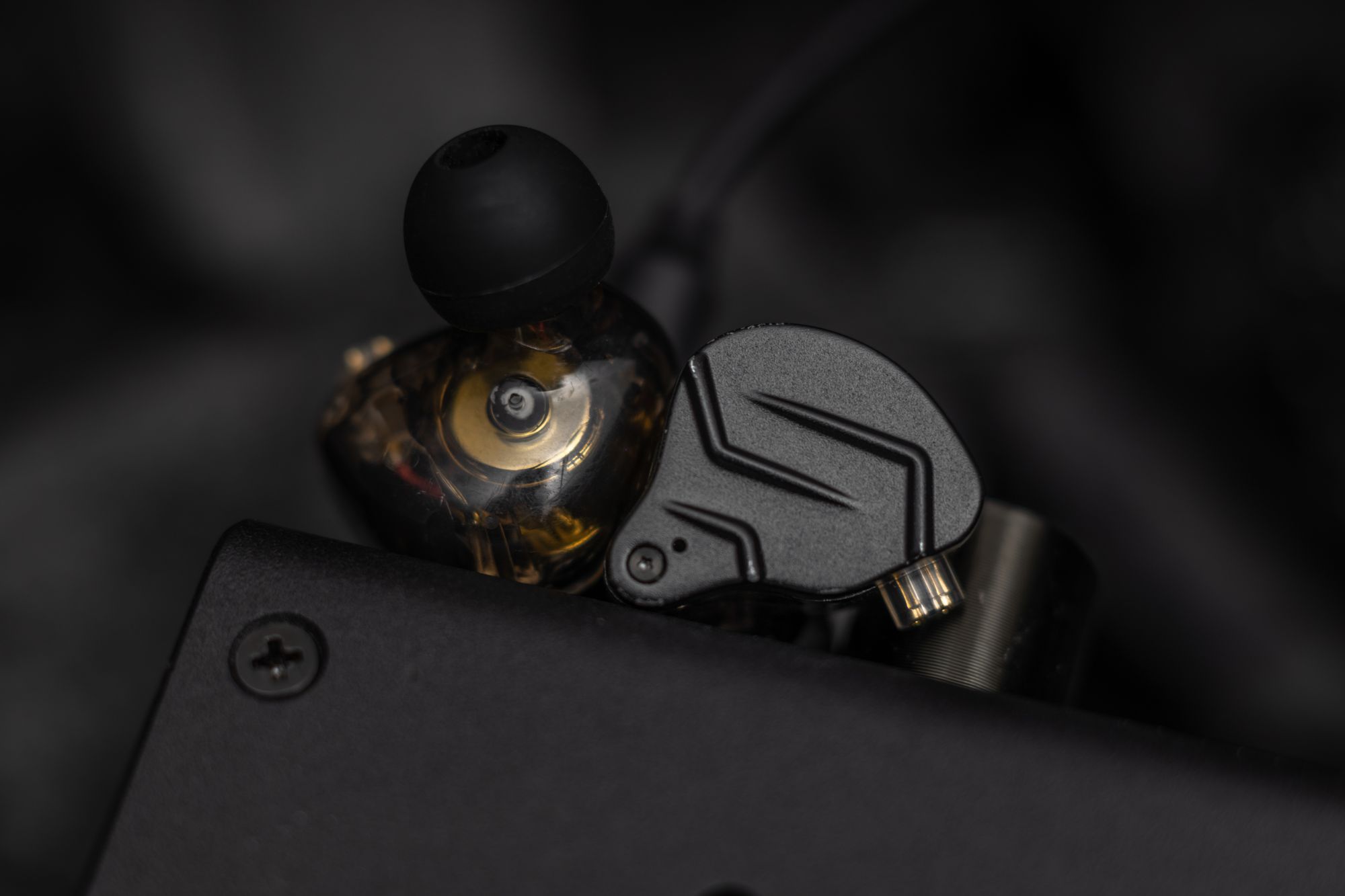

So, those are my thoughts on the Nikkor 105mm F/2 DC, what I consider to be the best lens I have ever used. It's a sharp, lovely lens that renders absolutely beautiful backgrounds, and is a portrait king. You can see the full size, uncompressed images from this article over on my website, https://edified-photography.com/, as well as many more of my images.
Comments?
Leave us your opinion.